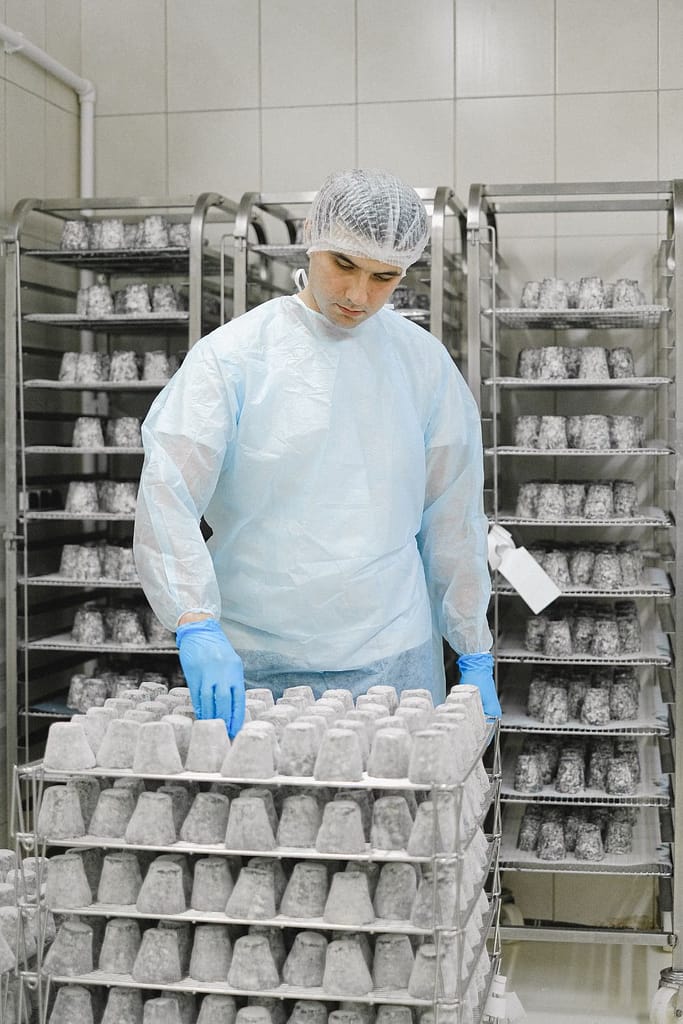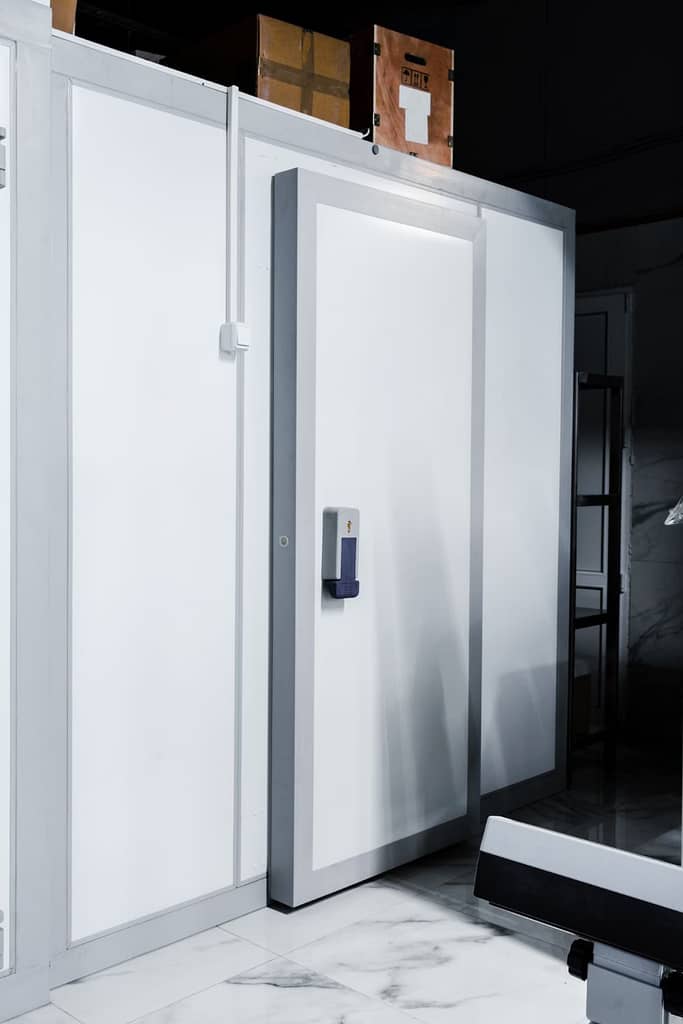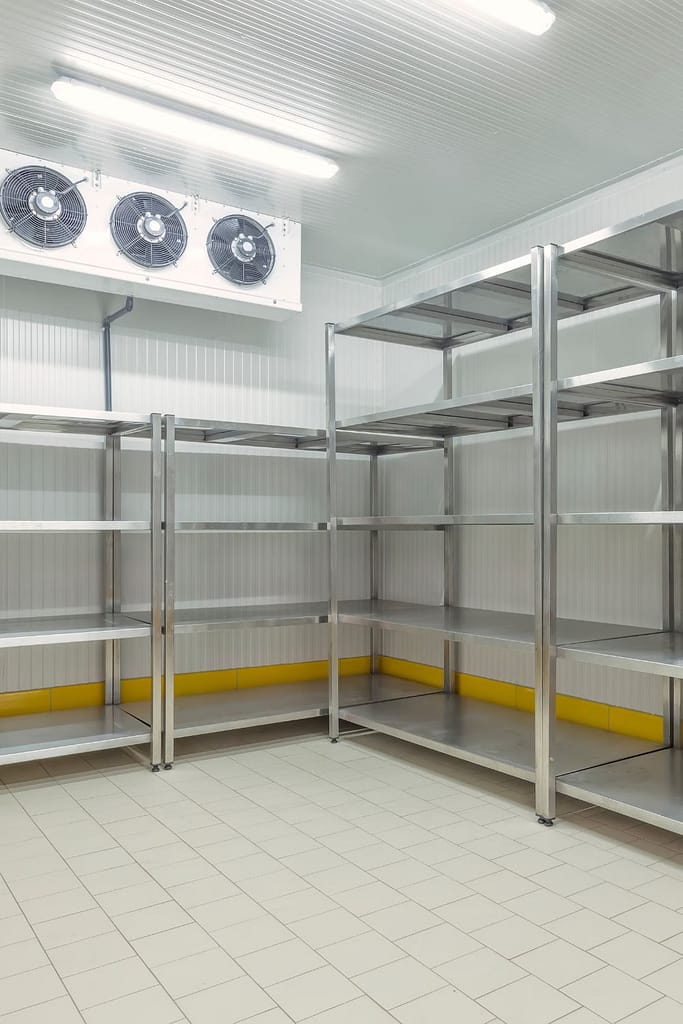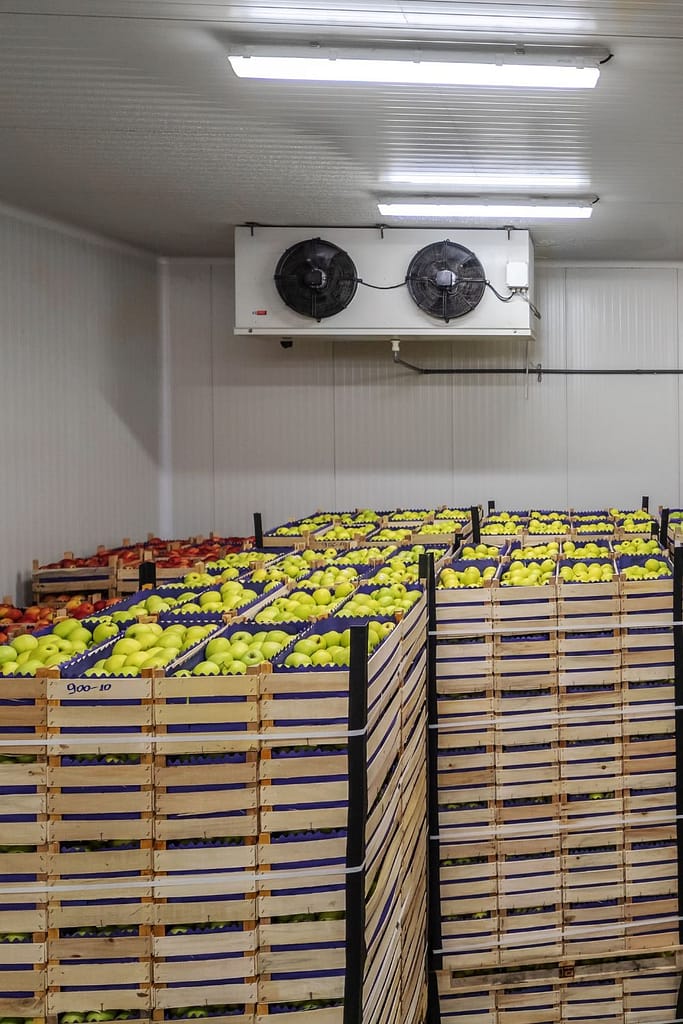Last Updated on March 12, 2025 by Tanya Janse van Rensburg
Cold storage is an essential part of many businesses, particularly those dealing with perishable goods or sensitive products like pharmaceuticals.
Whether you're in the food industry, retail, or healthcare, choosing the right cold storage solution can have a significant impact on your operational efficiency, product quality, and ultimately, your bottom line.
With so many options available, it’s easy to feel overwhelmed when trying to decide which one is right for your business.
Let’s break down the different cold storage solutions, from simple refrigerators to more complex freezer rooms, so you can make an informed decision that suits your needs.


A walk-in refrigerator is a large, accessible cold storage unit, typically used to store perishable products at a temperature above freezing.
These units are ideal for businesses that need to store large quantities of food or beverages but don’t require freezing temperatures.
The main advantage of a walk-in fridge is its flexibility and ease of access. It provides ample storage space while maintaining consistent temperatures to keep your products fresh.
However, walk-in fridges are not suitable for products that need to be stored for long periods. They also lack the cooling power required for freezing.
Plus, depending on their size and usage, they may not be as energy-efficient as other cold storage options.
A walk-in freezer is a large freezer unit, perfect for businesses that need to store frozen goods, whether it’s food, pharmaceuticals, or other temperature-sensitive items.
Walk-in freezers are highly effective at keeping items frozen for long periods, offering a much larger capacity than standard freezers.
Make sure you explore short-term and long-term freezer rental if you need to expand cold storage.
The key benefit of a walk-in freezer is its storage capacity and its ability to maintain consistent freezing temperatures.
It’s a great option for businesses that deal with large volumes of frozen products.
On the flip side, these freezers consume more energy, and proper maintenance is crucial to ensure they’re running efficiently.
Regular checks on temperature settings, door seals, and defrost cycles are necessary to avoid costly repairs.
Modular cold storage units are customizable solutions that can be tailored to fit your specific needs.
These units are particularly popular for businesses that want the flexibility to expand or reconfigure their cold storage space as their requirements change.
Modular units can be adapted to store both refrigerated and frozen items and are easy to install.
The main advantage of modular cold storage is its scalability. If your business grows or your storage needs change, you can easily add or remove modules to suit your new requirements.
However, these systems can have a higher initial cost, and they may require more space for installation.
Refrigerated containers, often referred to as reefers, are portable cold storage units commonly used for temporary storage.
These containers are typically used by businesses that need to store perishable goods for a short period, such as during transport or special events.
Refrigerated containers are also useful for businesses that need to manage fluctuating storage demands.
One of the benefits of refrigerated containers is their portability and cost-effectiveness.
They’re an ideal solution for businesses that need extra storage space without making a long-term commitment.
However, they have a limited storage capacity and may not be suitable for businesses with high-volume storage needs.

Is your goal to secure cold storage for the cheapest possible price?
This is an aim of many businesses who are looking to expand their cold storage, but they’re on a tight budget.
The good news is that striking a deal for the equipment you need is possible.
You just have to know the best ways to communicate with a provider and convince them that they’re getting good business.
Here are some tips.
You should always get a quote for cold storage before agreeing on a hire. Not only does this allow you to explore your options, but it also can be used for power in negotiations.
Indeed, you can use lower quotes you’ve received to show that you have better options. The provider might decide that they want to make a deal so that they don’t lose you as a customer.
Sometimes, you have to tell the provider what you’re looking to spend. This way, they can offer the best solutions they have.
Tell them a budget that you have in mind to see what’s recommended. You might be able to push this number down further if you stand your ground and tell them you’re really stretching your money.
If you want to get the price of cold storage down, sometimes you have to commit long term.
In other words, the provider will give you a better price per month if you’re willing to commit for longer than one year. If you plan on hiring long-term, this could be an option that’s more cost-effective for you.

Choosing the right cold storage solution for your business is crucial to maintaining product quality, reducing waste, and supporting future growth.
Whether you opt for a walk-in fridge, a modular cold storage unit, or a freezer room, each option has its advantages and is suitable for different business needs.
By assessing your storage requirements, considering energy efficiency, and planning for scalability, you can ensure that your cold storage solution is both effective and cost-efficient.
Don’t forget to stay on top of maintenance to keep your unit running smoothly for years to come.